Highlights From the 2022 Lamont Open House
Visitors played with glacial goo, watched trash cans erupt with water and ping pong balls, and performed hands-on science experiments — all while learning how Lamont researchers help us understand our planet.
On Saturday, October 8, more than 1,500 visitors of all ages came out to Open House at Columbia Climate School’s Lamont-Doherty Earth Observatory. There, they played with glacial goo, watched trash cans erupt with water and ping pong balls, and performed hands-on science experiments — all while learning about how Lamont researchers help us to better understand our planet, from the bottom of the ocean to the top of the atmosphere. Below are a few highlights from the 2022 Open House.
#LamontOpenHouse is back!! The famous exploding garbagecan #volcano! #lamontrocks @LamontEarth pic.twitter.com/OhpaLKm5yJ
— Dr. Maureen Raymo (@moraymo) October 8, 2022
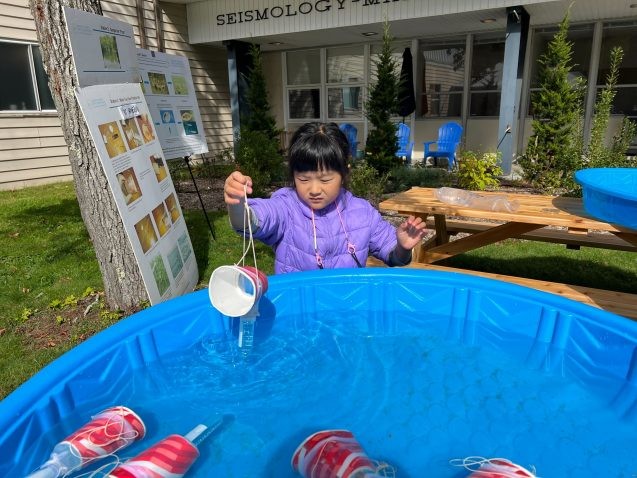
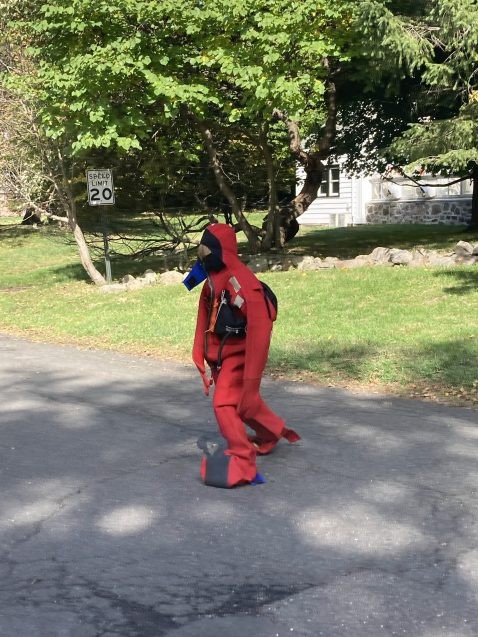
Huge nerd out moment visiting the @CoreRepository at @LamontEarth today. Millions of years of biogeochemical history stored and translated through science. It doesn’t get cooler than that. pic.twitter.com/ky4Z4i4GpQ
— Erin Maybach (@ErinMaybach) October 8, 2022
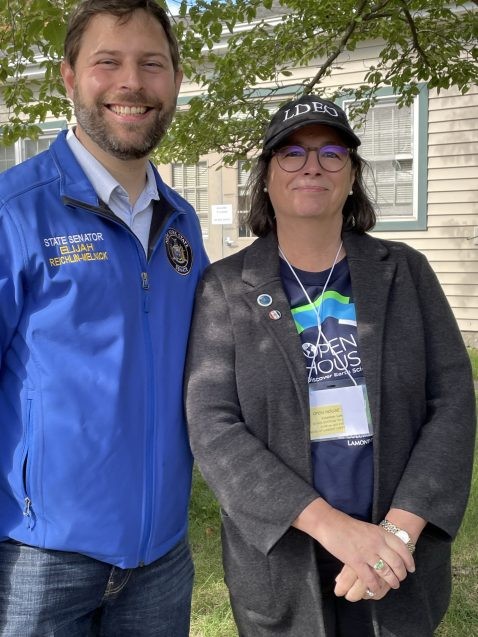
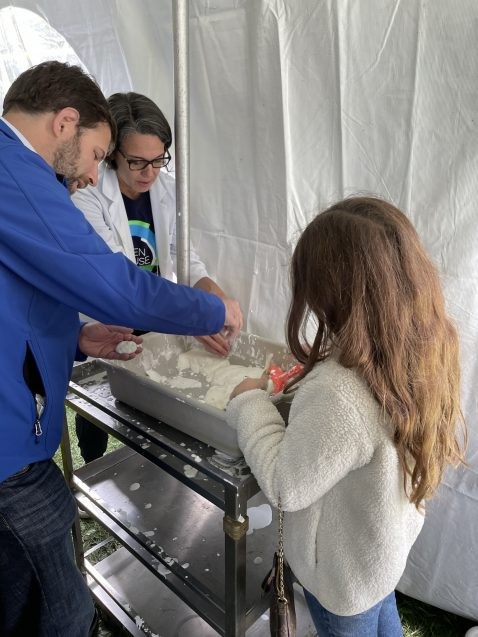
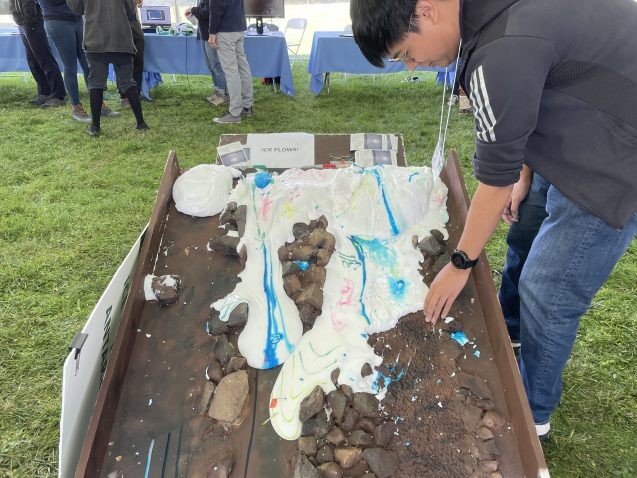
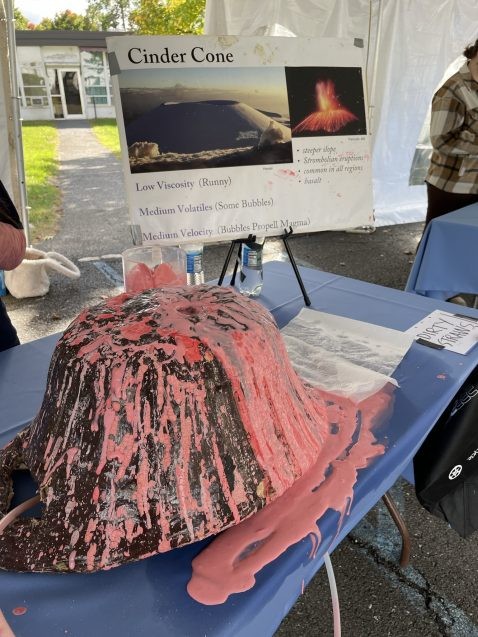
Above: Volcanologist Einat Lev and her colleagues shared this incredible high-resolution drone footage of the Fagradalsfjall volcanic eruption of 2021.
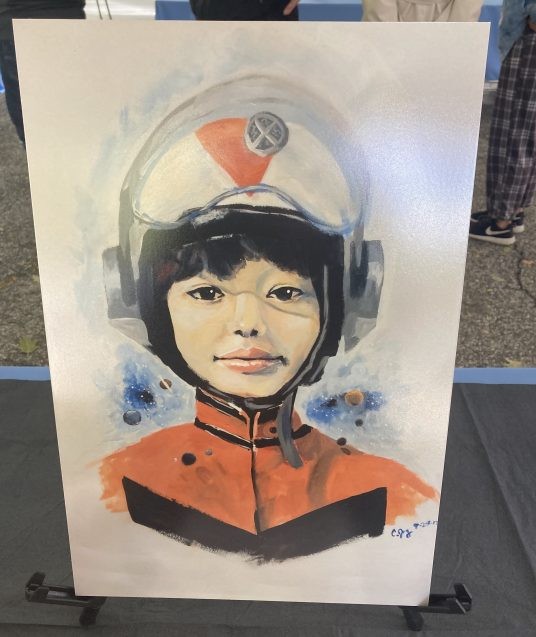
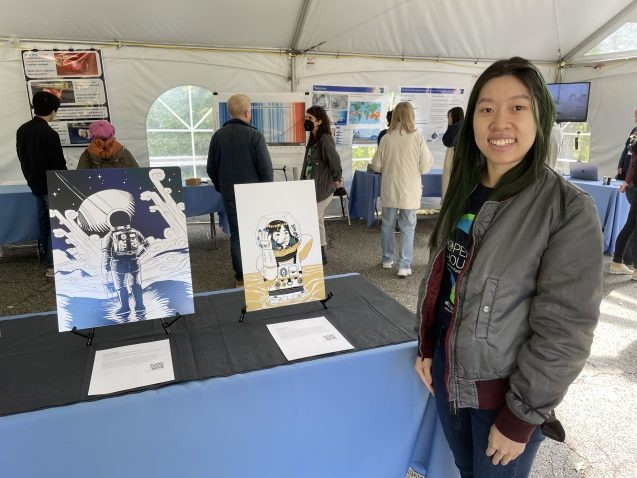
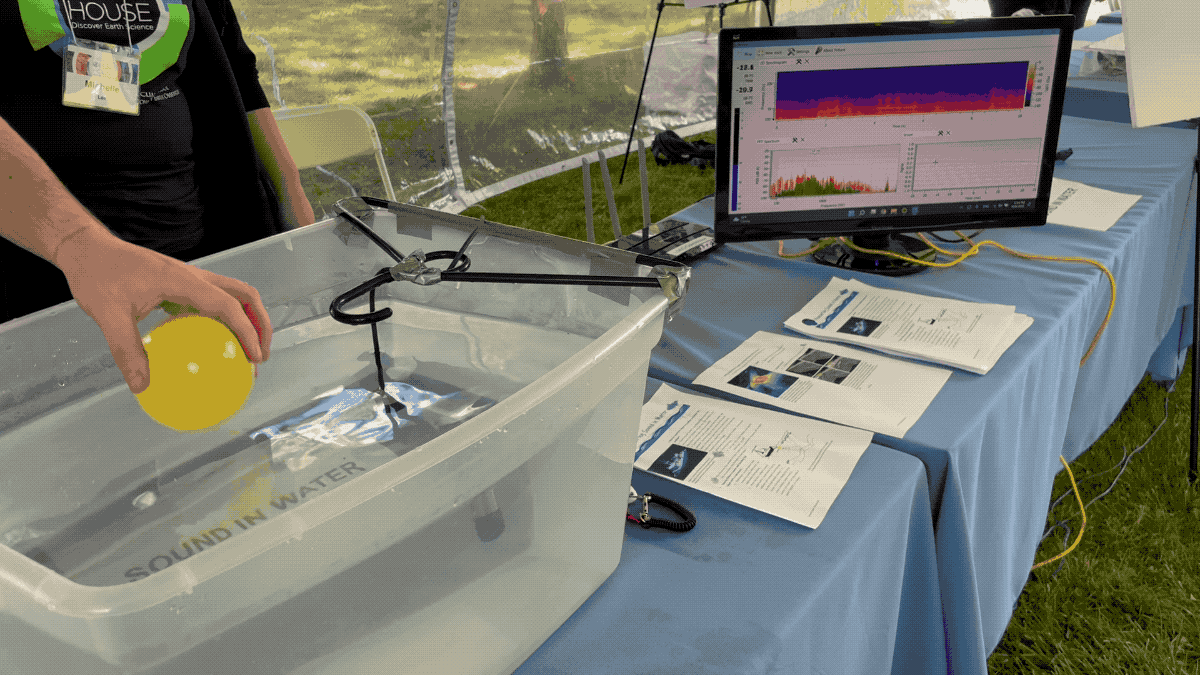
Big Girl fan-girling @OceanCarbon + @LeapStc @LamontEarth (“She’s a SCIENTIST. She knows PHYSICS. And OCEANS. Where the DOLPHINS live!”)
Great day to be outside and be inspired.#WhoRunTheWorld#GurlsWhoScience#ClimateScience#LamontRocks pic.twitter.com/bCrPsqMRDi
— Catherine (@mcestoppel) October 9, 2022
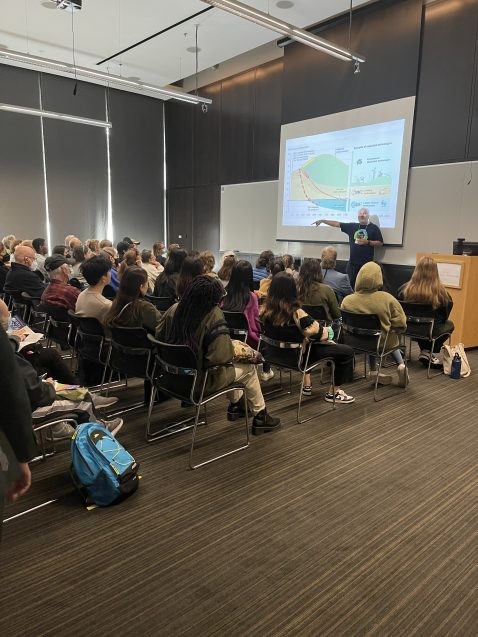
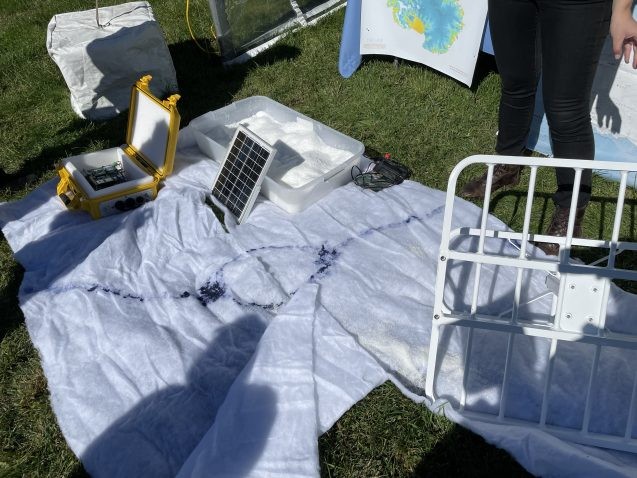
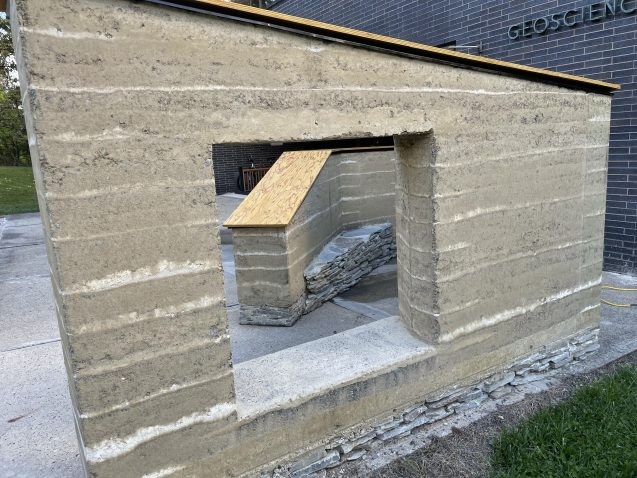
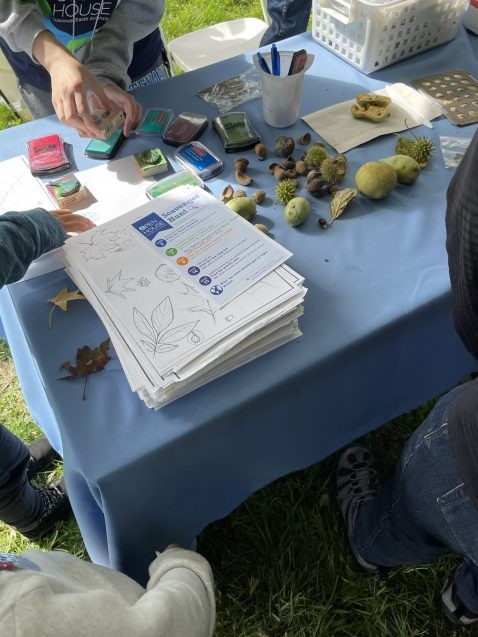
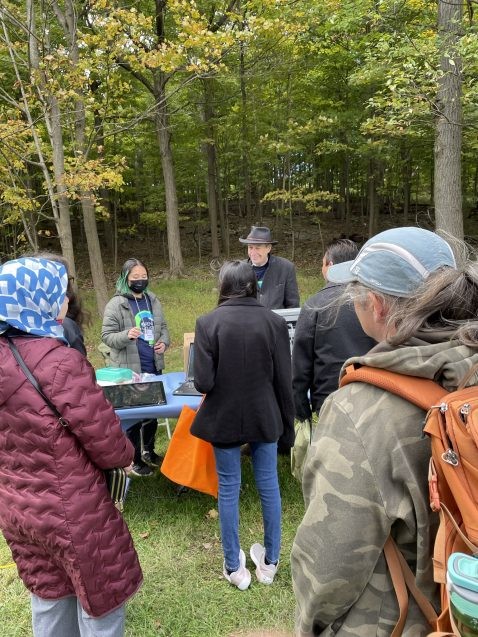
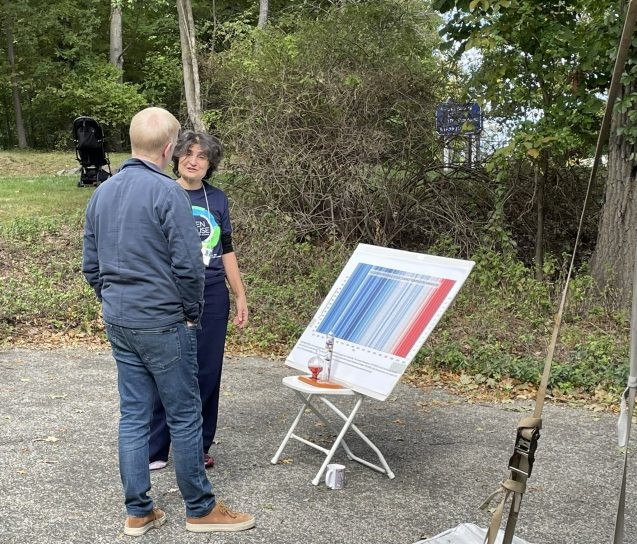
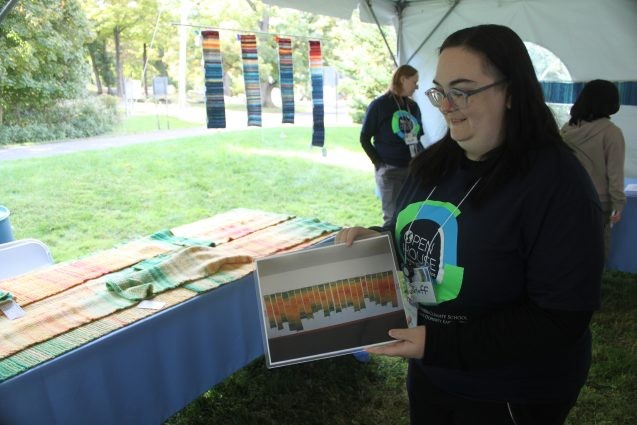
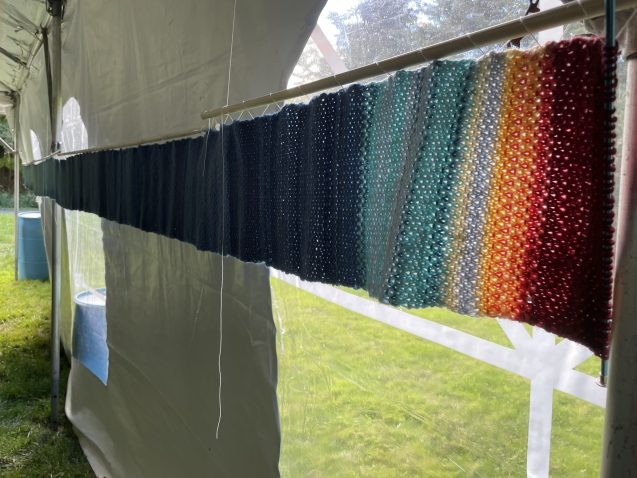
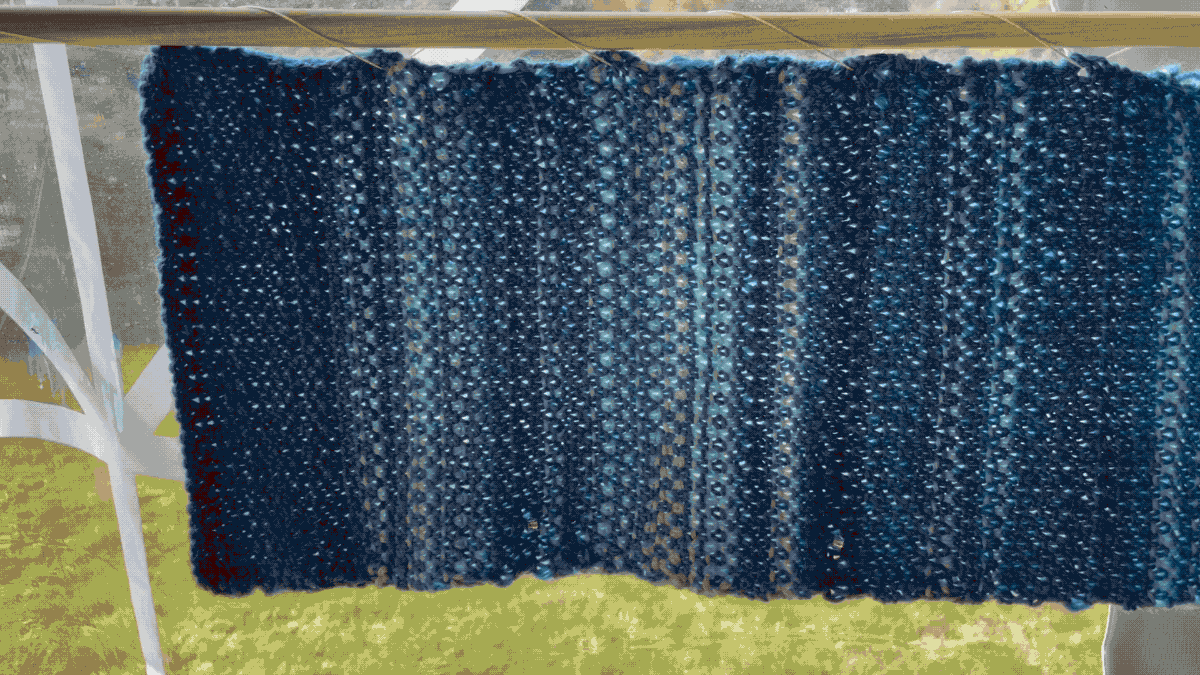
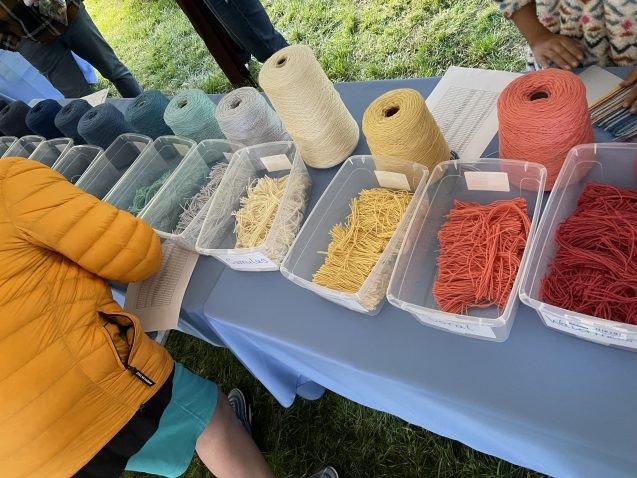
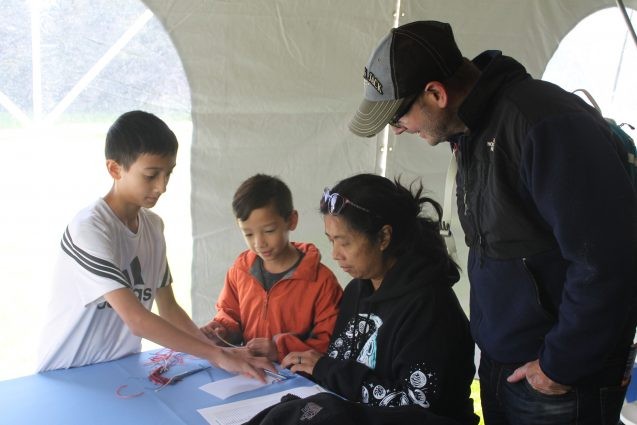
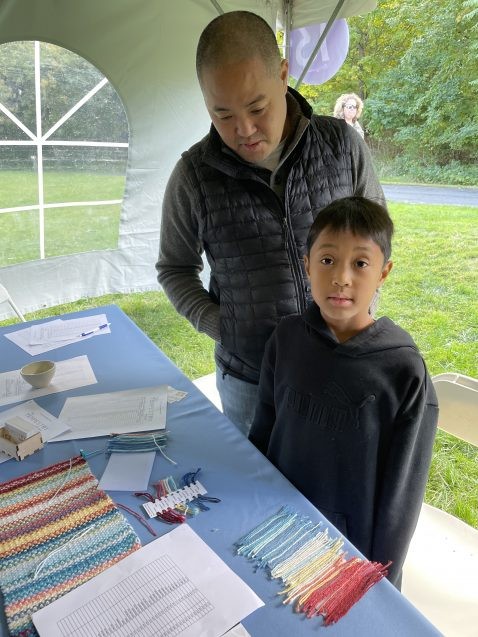
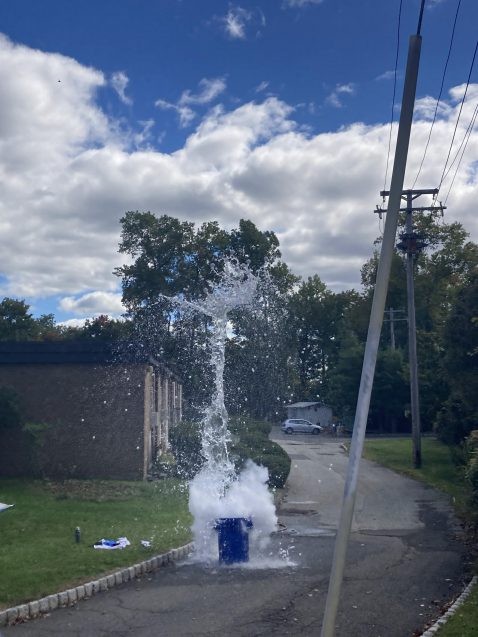
I wouldn’t be surprised if I were told that 20 thousand attended @LamontEarth and @columbiaclimate LDEO Open House where they witnessed swimming plankton, exploding volcanoes, hear seismic sounds, learn how trees tell stories and and so much more. pic.twitter.com/4GaFGLRbI5
— Joaquim_Goes (@Joaquim_Goes) October 9, 2022
